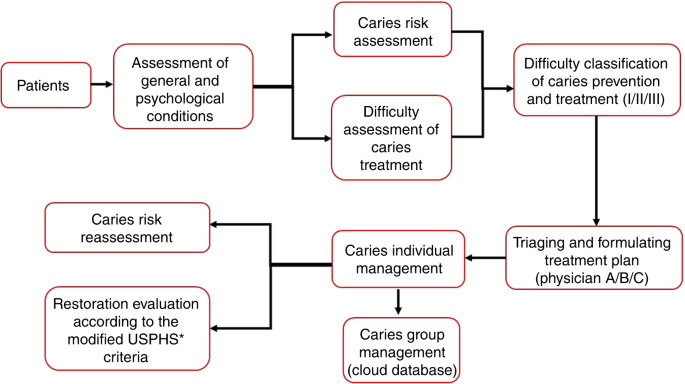Otolaryngology–Head and Neck Surgery, Ahead of Print.
ObjectiveTo offer pragmatic, evidence-informed guidance on the use of systemic corticosteroids (SCS) for common otolaryngologic disorders.Data SourcesPubMed, Cochrane Library, and American Academy of Otolaryngology–Head and Neck Surgery Foundation clinical practice guidelines.Review MethodsA comprehensive search of published literature through November 2021 was conducted on the efficacy of SCS, alone or in combination with other treatments, for managing disorders in otolaryngology and the subdisciplines. Clinical practice guidelines, systematic reviews, and randomized controlled trials, when available, were preferentially retrieved. Interventions and outcomes of SCS use were compiled to generate summary tables and narrative synthesis of findings.ConclusionsEvidence on the effectiveness of SCS varies widely across otolaryngology disorders. High-level evidence supports SCS use for Bell's palsy, sinonasal polyposis, a nd lower airway disease. Conversely, evidence is weak or absent for upper respiratory tract infection, eustachian tube dysfunction, benign paroxysmal positional vertigo, adenotonsillar hypertrophy, or nonallergic rhinitis. Evidence is indeterminate for acute laryngitis, acute pharyngitis, acute sinusitis, angioedema, chronic rhinosinusitis without polyps, Ménière's disease, postviral olfactory loss, postoperative nerve paresis/paralysis, facial pain, and sudden sensorineural hearing loss.Implications for PracticeClinicians should bring an evidence-informed lens to SCS prescribing to best counsel patients regarding the risks, anticipated benefits, and limited data on long-term effects. Alternate routes of corticosteroid administration—such as sprays, drops, inhalers, and intralesional injections—may be preferable for many disorders, particularly those that are self-limited or require a prolonged duration of therapy. Prudent use of SCS reduces the risk of medication-related ad verse effects. Clinicians who are conversant with high-level evidence can achieve optimal outcomes and stewardship when prescribing SCS.





